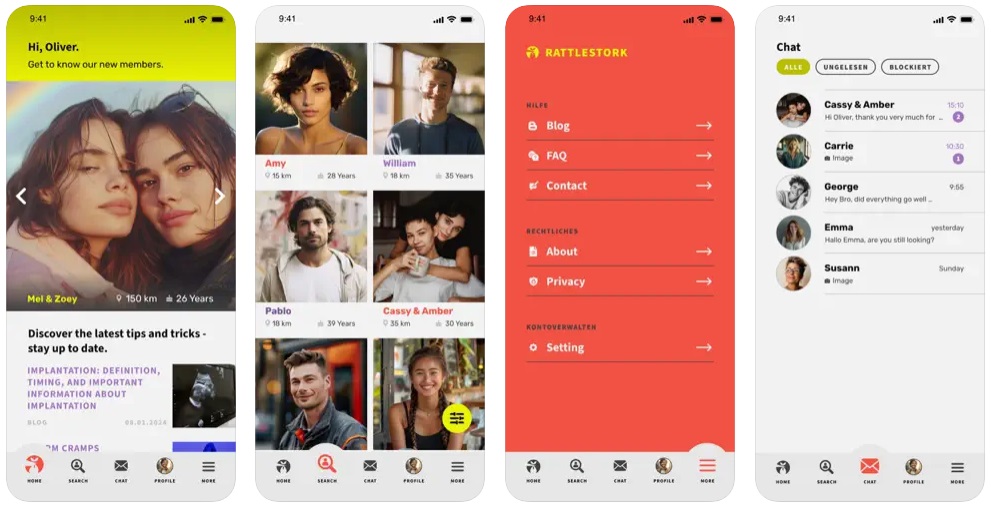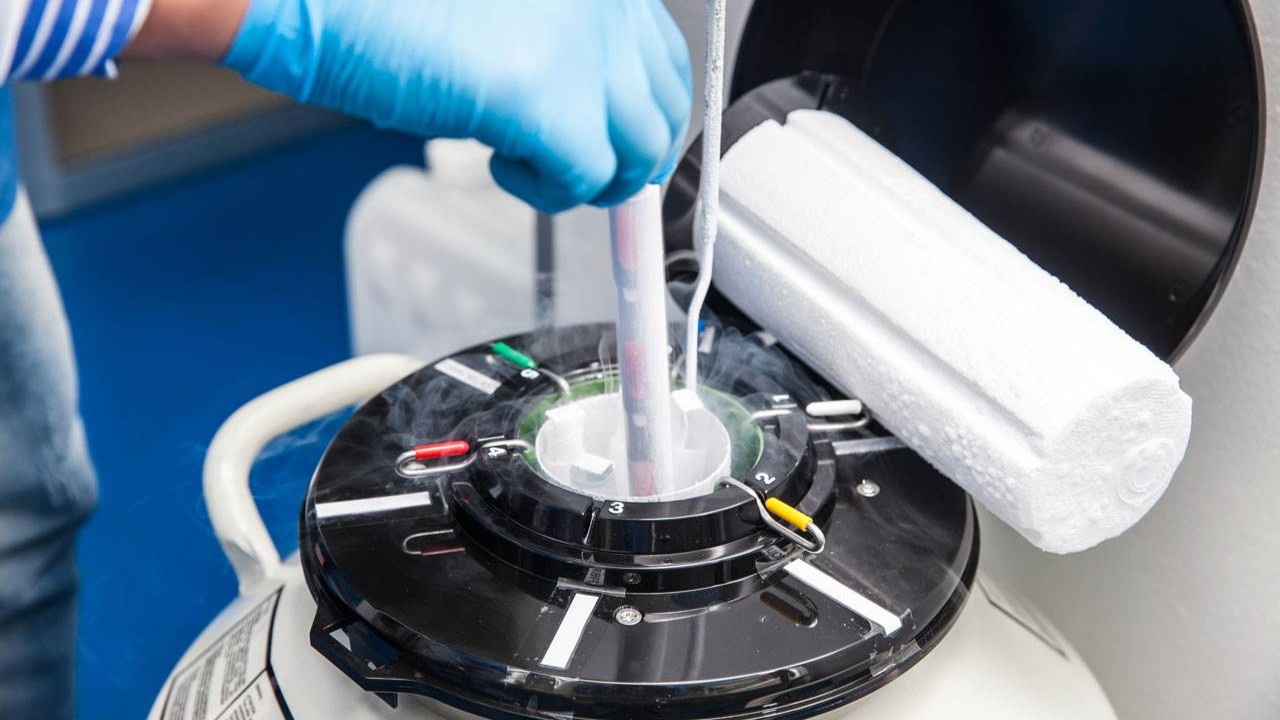“Assisted reproduction” isn’t a single procedure but a toolkit. Depending on cause, age and history, different paths may fit — from at-home insemination (ICI/IVI) to IVF/ICSI in the lab. This overview puts methods in context, explains steps, chances, risks and costs, and links to deeper reads. Per the WHO infertility fact sheet, seek medical work-up after 12 months without pregnancy (after 6 months if over 35).
Methods at a glance
- ICI / IVI — at-home insemination
Semen placed with syringe or cup near the cervix. Good for mild factors or donor sperm. Lowest cost, highest privacy. - IUI — intrauterine insemination
Washed sperm guided by catheter into the uterus. Used for moderate male factors, cervical issues or unexplained infertility. - IVF — in vitro fertilisation
Multiple stimulated oocytes fertilised in the lab. Standard for tubal factor or after unsuccessful IUI. - ICSI — sperm micro-injection
A single sperm is injected into the oocyte. Best for severe male factor or TESE material.
In UK private clinics, one IVF cycle commonly averages around £5,000 for the procedure itself, with extra costs for medication, freezing and storage.
Method quick profiles
| Method | Typical indication | Invasiveness | Cycle burden | Notes |
|---|---|---|---|---|
| ICI/IVI | Private donation, mild limitations | low | low | very private; timing critical |
| IUI | cervical factor, mild/moderate male factor, unexplained | low | low–medium | washed sperm; outpatient |
| IVF | tubal factor, endometriosis, after IUI failures | medium | medium–high | lab fertilisation; single-embryo transfer preferred |
| ICSI | severe male factor, TESE | medium | medium–high | micro-injection; higher lab share |
When each method makes sense
Choice depends on cause, age, ovarian reserve and history. Baseline work-up includes history, ultrasound, hormones and at least one quality-assured semen analysis per the WHO Semen Manual 2021.
- ICI/IVI: desired private donation, mild deviations, high autonomy/privacy.
- IUI: thick cervical mucus, mild/moderate semen deviations, unexplained infertility.
- IVF: blocked/absent tubes, significant endometriosis, after IUI, combined factors.
- ICSI: markedly reduced sperm quality (OAT), azoospermia with TESE, failed fertilisation in IVF.
Understanding success realistically
Outcomes depend on age, diagnosis, gamete quality, embryo culture and transfer policy (single-embryo). Patient-friendly explanations: NHS; European best-practice via ESHRE.
How IUI, IVF & ICSI work
IUI in brief
Optional mild stimulation → sperm prep → thin catheter into the uterus near ovulation → possible luteal support.
IVF in brief
Stimulation with ultrasound/blood monitoring → egg retrieval → lab fertilisation → embryo culture → single-embryo transfer → cryo options for remaining embryos.
ICSI in brief
As IVF, but fertilisation via micro-injection of one sperm into the oocyte — especially for severe male factor.
Risks & safety
Mostly mild, rarely severe: ovarian hyperstimulation syndrome (OHSS), bleeding/infection after retrieval, multiple-pregnancy risk with multi-embryo transfer, psychological strain. Individualised protocols and single-embryo transfer reduce risks; see ESHRE for summaries.
Costs & NHS funding (UK)
| Procedure | Typical items | Approx (GBP) |
|---|---|---|
| IUI | optional stimulation, sperm prep, catheter, monitoring | ~£300–£1,000 per cycle (private); meds extra |
| IVF | stimulation, retrieval, fertilisation, culture, transfer | ~£4,500–£6,000 per cycle (procedure only; clinic ranges vary) |
| ICSI | IVF plus micro-injection; higher lab share | +~£1,000–£3,000 add-on |
| Cryo-transfer | thaw, endometrium prep, transfer | ~£1,000–£2,000; storage often ~£200–£350/year |
England (ICBs): Local Integrated Care Boards decide access; NICE recommends up to 3 full cycles <40 and 1 cycle at 40–42, but provision varies by area (“postcode lottery”). Check your ICB’s policy and definitions of a “full cycle”.
Scotland: Up to 3 NHS-funded cycles for eligible patients (criteria apply).
Wales:2 full cycles funded nationally (standardised criteria).
Northern Ireland: Funding has recently been increased; eligibility and cycle numbers are set by HSC NI and may be evolving — confirm current criteria.
Always request written price plans and NHS eligibility from your clinic and local NHS body, including what’s excluded (medication, diagnostics, storage, add-ons).
Legal framework (UK)
Assisted reproduction is regulated by the Human Fertilisation and Embryology Authority (HFEA) under the Human Fertilisation and Embryology Act. The HFEA licenses clinics, provides success-rate data and guidance on costs and “add-ons”. NHS funding decisions are devolved (England via ICBs; separate policies for Scotland, Wales and Northern Ireland).
Pre-treatment checklist
- Complete baseline work-up (hormones, ultrasound, semen per WHO manual).
- Define indication & goal (e.g., single-embryo transfer by default; cryo strategy).
- Understand medicines and monitoring; record urgent contacts.
- Get written costs; confirm NHS funding eligibility and any payment plans.
- Line up mental health support; schedule intentional breaks.
Alternatives & complements
Depending on your profile, cycle tracking, precise timing and lifestyle changes can help. If donor sperm is desired or an ICI/IVI path suits you, you’ll find deeper info and tools here.
- ICI / IVI — at-home insemination: plan autonomously and privately.
- IUI: outpatient option with washed sperm.
- IVF: lab fertilisation for tubal factor or after IUIs.
- ICSI: for markedly reduced sperm quality.
RattleStork — plan safely, document well
RattleStork supports you with verified profiles, secure messaging and tools for appointments, cycle & timing notes, and private checklists — helpful for private donation (ICI/IVI) and structured decision-making. RattleStork does not replace medical advice.

Conclusion
Assisted reproduction offers many paths. The key is a sound diagnosis, a realistic plan and clear information. Use our sections on ICI/IVI, IUI, IVF and ICSI to take the next step with confidence.

